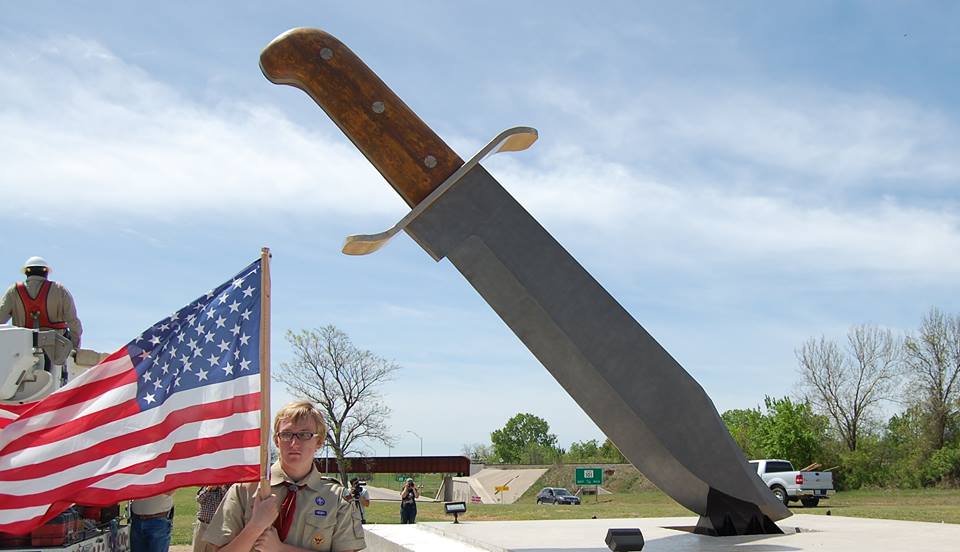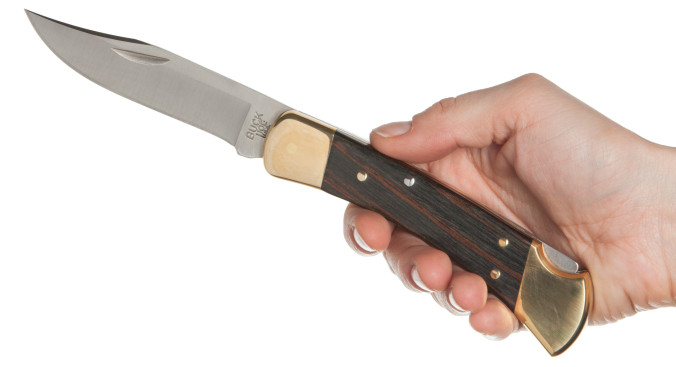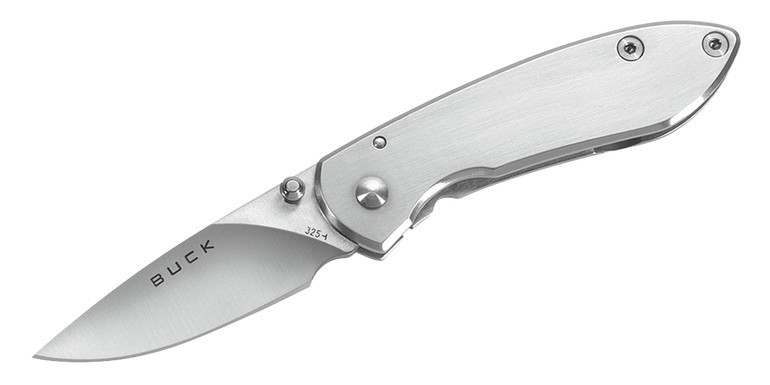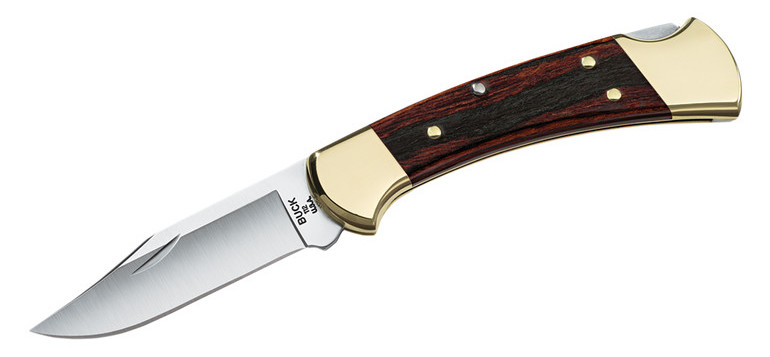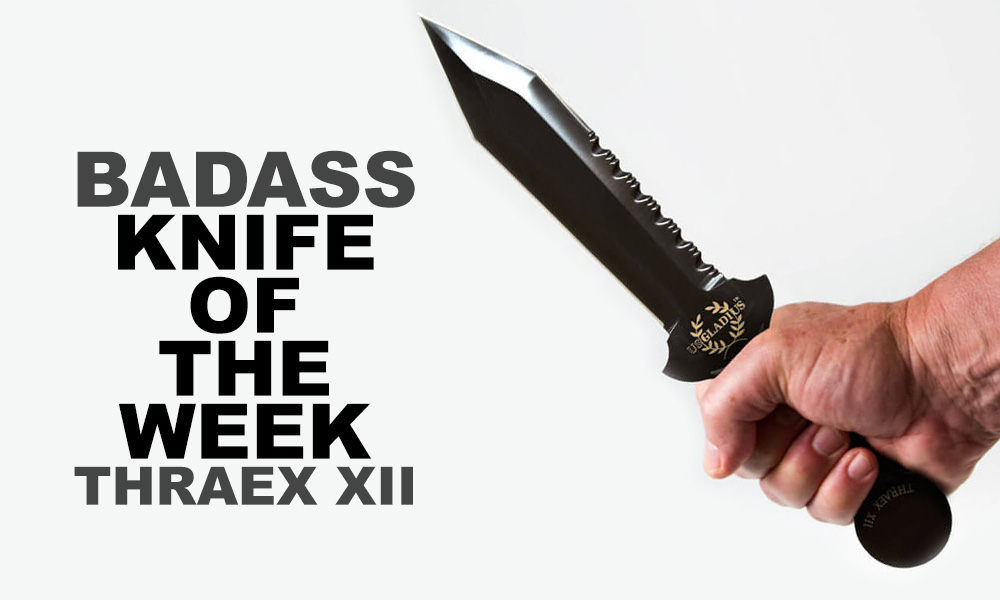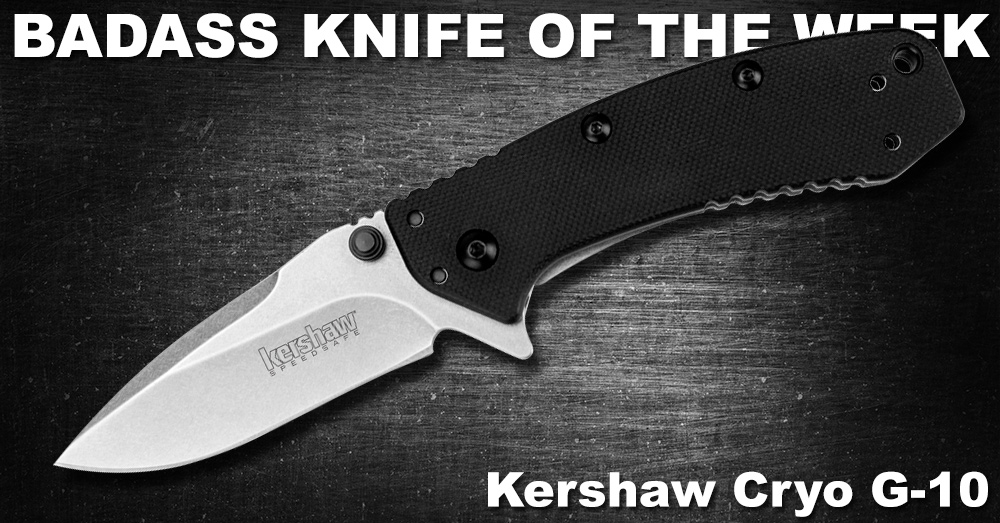
The Cryo is one of Kershaw’s best-selling models of all time. Something about its design and execution struck a chord with the masses and propelled the folder to stardom. But, even though the Cryo is insanely popular, a few things were missing that held it back from being an all-time great.
Those minor flaws in the original Cryo were corrected in our latest Badass Knife of the Week: the Kershaw Cryo G-10.
Now boasting a G-10 scale on the front of the handle, the Cryo G-10 satisfies the countless people who requested this modification.
 Such a simple change as adding a G-10 scale doesn’t seem like much, but it completely transforms the look and feel of the knife. Unlike the full stainless steel handle of the original, the front scale on this model provides a sure grip when wielding the knife.
Such a simple change as adding a G-10 scale doesn’t seem like much, but it completely transforms the look and feel of the knife. Unlike the full stainless steel handle of the original, the front scale on this model provides a sure grip when wielding the knife.
The back side of the handle is stonewashed 410 stainless steel, but the G-10 scale on the front helps reduce the overall weight of the knife to a reasonable 3.7 oz. (That’s down from the 4.1 oz of the original.)
Rick Hinderer, the legendary designer behind this knife, has a strong reputation for someone who puts thought into his knives. It’s not hard to see why with the Cryo.
The 2.75-inch drop point blade is made from 8Cr13MoV stainless steel with a stonewashed finish. It engages quickly and effortlessly thanks to a well-placed flipper and Kershaw’s patented SpeedSafe opening mechanism.
It stays securely open with the a frame lock and lockbar stabilizer. That blade’s not going anywhere.
Continue reading
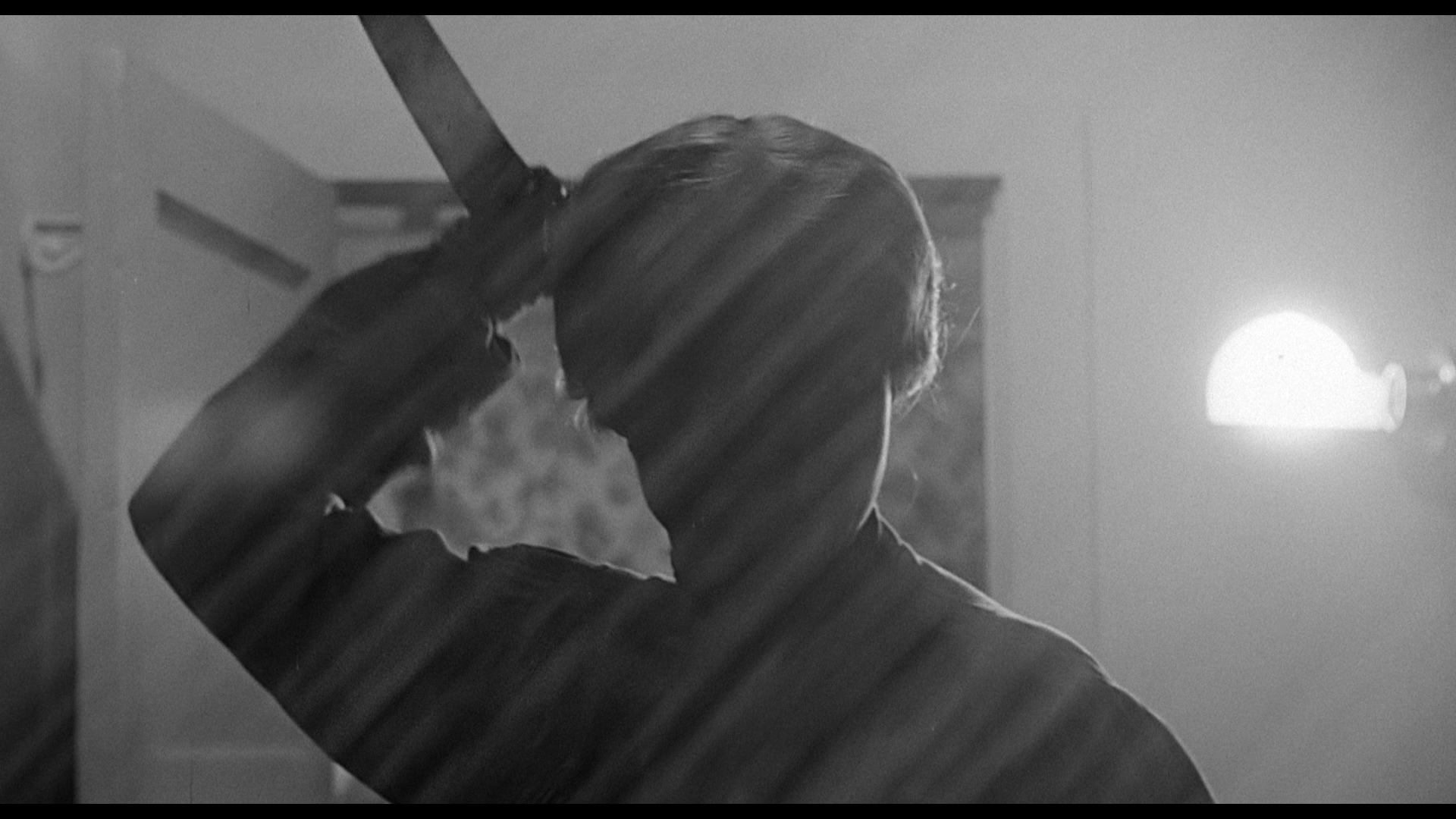


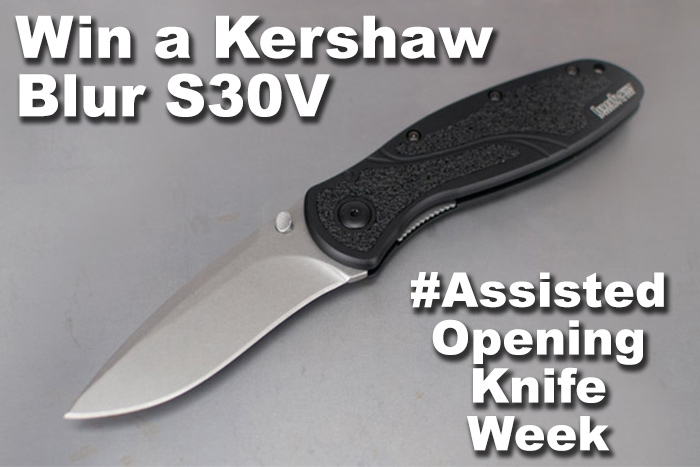
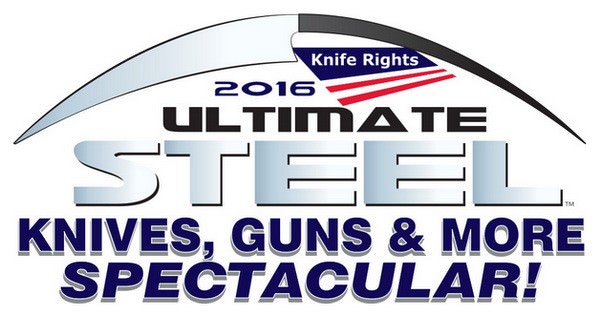
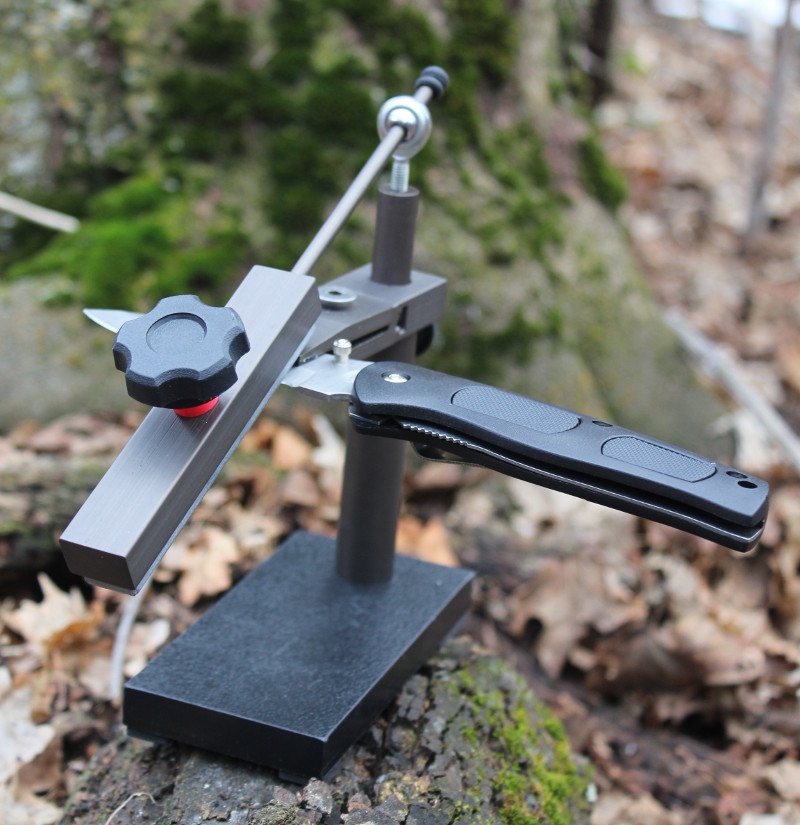
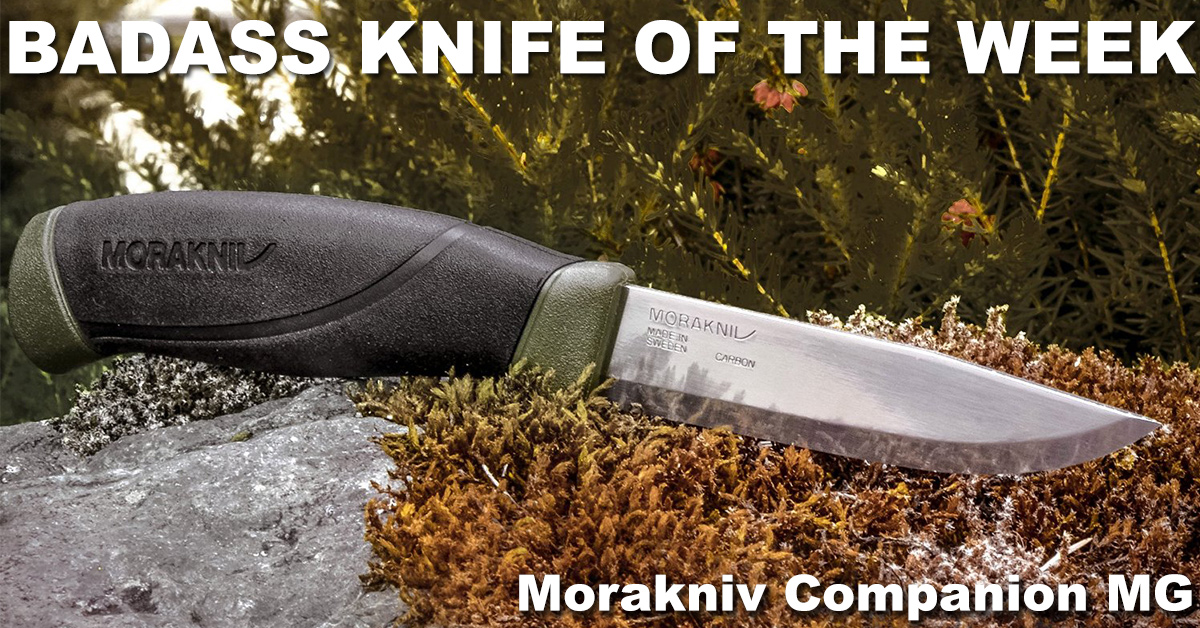
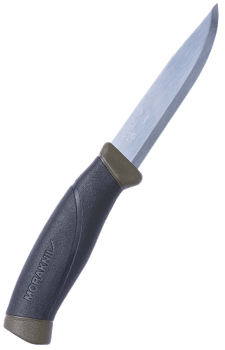 The knife boasts a 4.1-inch drop point blade that can take on anything you throw at it. Boasting a notable 2mm blade thickness and a
The knife boasts a 4.1-inch drop point blade that can take on anything you throw at it. Boasting a notable 2mm blade thickness and a 